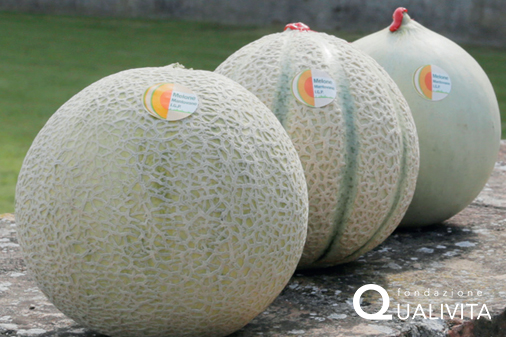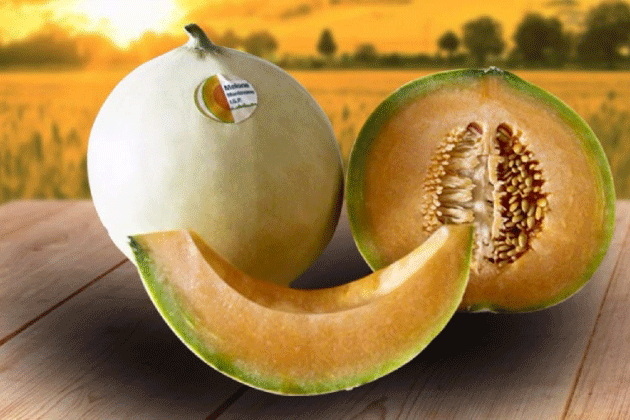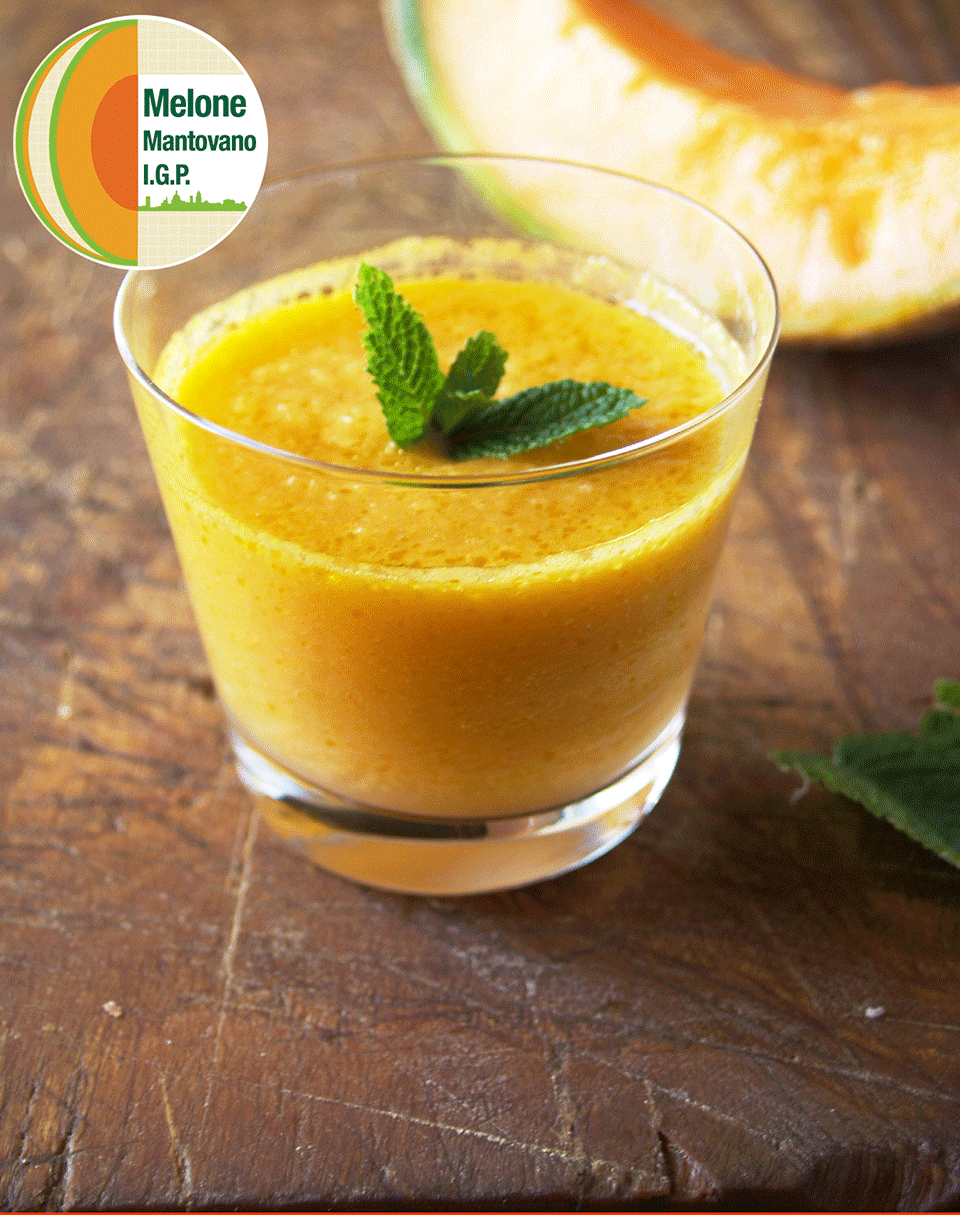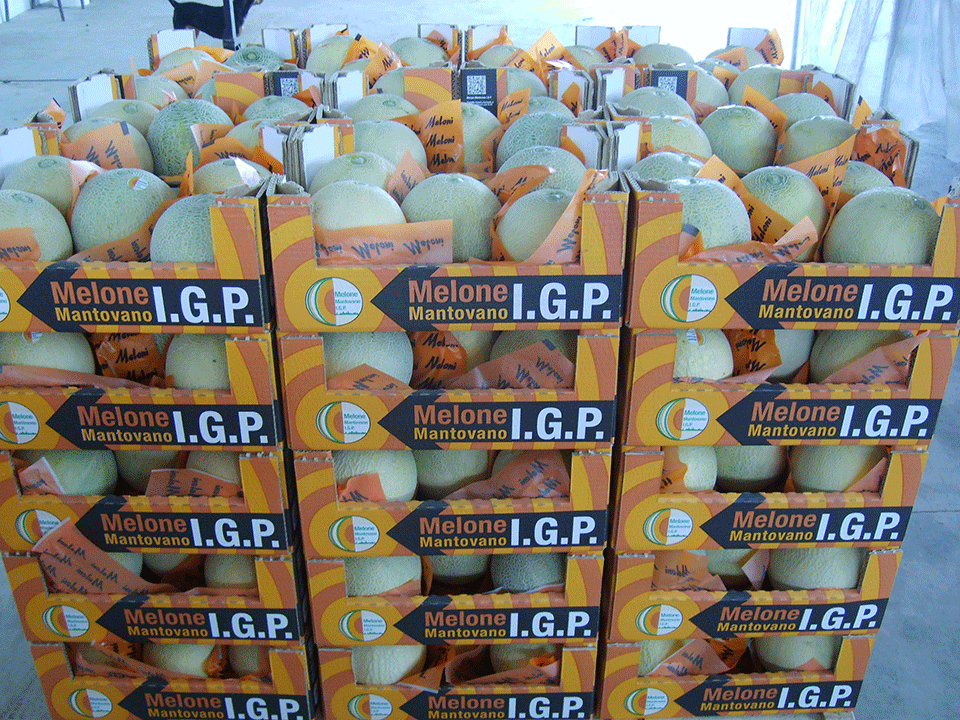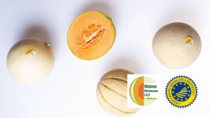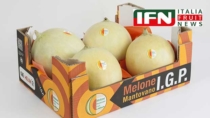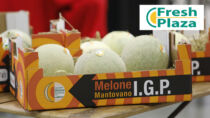Description
The Melone Mantovano PGI refers to fresh melons belonging to the two botanical varieties of the species Cucumis melo: Cantalupensis (cantaloupe melon) and Reticulatus (netted melon). There are two types of fruit: Smooth (Honeymoon cultivar) and Netted (Harper cultivar, without grooved segments, and Supermarket, with grooved segments).
Production Area
The production area of Melone Mantovano PGI is within the territory of 41 municipalities in the provinces of Mantua and Cremona, in the Lombardy region, and the municipalities of Modena, Bologna and Ferrara in the Emilia-Romagna region.
Production Method
The cultivation techniques used for the production of Melone Mantovano PGI are open field and underneath small plastic tunnels (semi-forced crop), or in greenhouses or high plastic tunnels (forced crop). Open field sowing starts during the first ten days of April, and the plants are transplanted between mid-February and July, with up to a maximum of 5000 seedlings per hectare. Once ripe, the Melone Mantovano PGI fruit are harvested daily and must be sorted and labelled within 24 hours, either directly on the farm or in other suitable facilities. As a product destined for fourth range processing, it can be subjected to cutting, slicing and the removal of the exocarp and endocarp.
Appearance and Flavour
Melone Mantovano PGI has a minimum weight of 800 g and a minimum diameter of 10 cm. The melons are distinguished by their colour and shape, depending on whether they are smooth or netted. The smooth type is spherical or subspherical, with a pale yellow skin and amber pulp, while the netted type is oval or round, with pale creamy straw-yellow or green skin and amber-salmon coloured pulp. A sensory analysis of the fruit highlighted its sweetness and juiciness, and its aroma of tiglia and courgette.
History
Although over the last few decades the production of melons has become established over an area of around 2000 hectares, cultivation in this area actually dates back to at least to the 15th and 16th centuries, as evidenced by correspondence documents found in the House of Gonzaga’s family archives. The history of Melone Mantovano PGI also shows us how local producers collaborated with one another, demonstrated by the establishment of the first associations in the 1950s and 60s.
Gastronomy
Melone Mantovano PGI should be kept in a cool dry place, although it is best to avoid temperatures below 5 °C because the change in temperature can have a negative effect on the consistency of the pulp. As well as being eaten as a fresh fruit, or in the classic combination of melon and raw ham, it can be also be used in pasta dishes like gnocchetti with Melone Mantovano PGI pesto, in more original recipes such as Melone Mantovano PGI Gazpacho with gorgonzola and shrimp foam, but also as an ingredient for Meloncino, a refreshing liqueur made of Melone Mantovano PGI and chilli pepper.
Marketing
The product is marketed as Melone Mantovano PGI. It is sold in packaging made of cardboard, wood or plastic, such as crates, traypaks, and new cardboard plateaux; new wooden boxes; reusable plastic crates. For sealed packaging containing a number of pieces of fruit (trays, boxes and bags), each must contain melons of the same variety and type. In order to maintain the original flavour, melons destined for fourth range processing must be cooled, cut and packaged within 24 hours of harvesting.
Distinctive Features
Melone Mantovano PGI are grown in deep, permeable soil, particularly suited to promoting the regular flow of water during irrigation and the easy penetration of the plant root system. This factor is crucial for determining this fruit’s distinguishing qualities, such as the high sugar content ≥ 12 ° Brix, and the significant amount of mineral salts and potassium, which is generally higher than that found in other melon cultivation areas.





